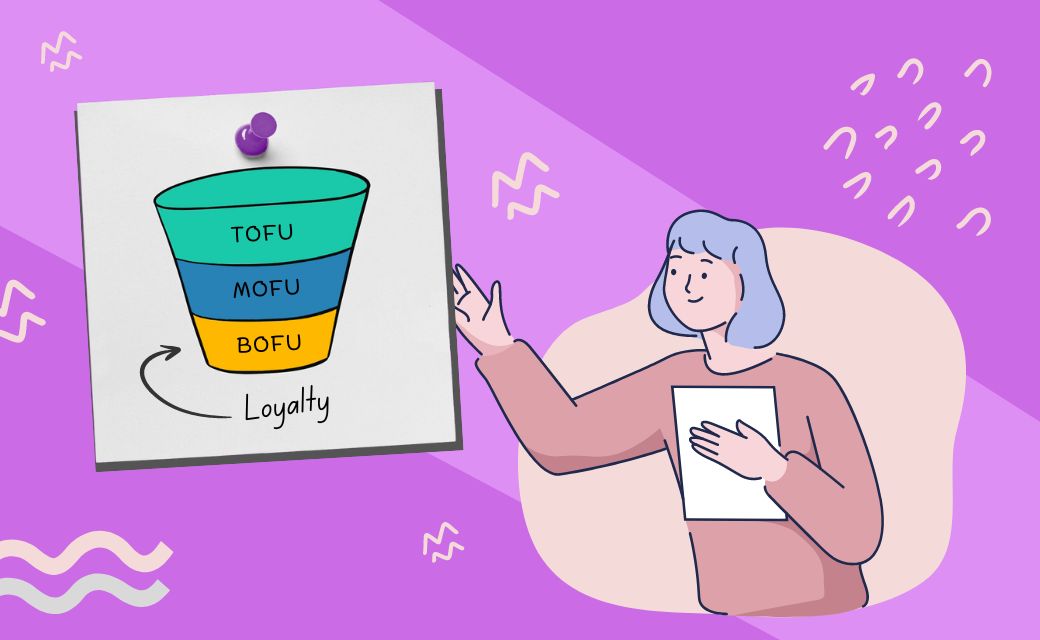Why Great Brand Stories Need Videos
Videos are fast becoming the go-to medium for brands to connect with customers. With the digital age, videos have become so much more than the traditional 15/ 30-second advertising that dominated television.
With the adoption of high-speed internet and social media taking to videos in a big way, videos are more accessible than ever before. Consumer tastes are consistently showing a preference towards videos vis-a-vis static content. In fact, according to a 2014 Levels Beyond survey, 40% consumers said they would rather watch a video of a brand than read the same information.
This means that more and more brands are understanding that videos are no longer an option when it comes to effective marketing. In fact, video ad spend is set to reach $20 billion by 2020. Here’s why most brands need videos to tell great brand stories.
Table of Contents
Videos viewing rates are increasing
The average time that consumers spent viewing videos in 2017 went up by a whopping 19% compared to 2016. Video completion rates (videos watched all the way through) reached a phenomenal 69% in 2017.
Videos also have the highest CTR (Click Through Rate) of all digital ad formats. Finally, mobile viewing of videos is at an all-time high and in 2018 people will globally watch 25% more video on mobile devices.
This means that videos are not just here to stay but are on a phenomenal growth path. That’s an opportunity no brand wants to miss out on.
Social media loves videos
According to a recent Facebook study, people spend 5 times longer watching video content than reading static content. Instagram and Snapchat are also seeing video take over as the most popular medium.
Whether it’s Instagram poster children Inspirato and Sphero or bigger companies like Nike and Jimmy Choo, more and more brands are now creating inspirational video content that is getting them a lot of love from customers.
Of course, as social media gets flooded with more and more videos, brands are making shorter ads. Facebook recommends that brand videos should be 15 seconds or shorter while Snapchat limits videos to 10 seconds. The advantage of shorter videos on social media is that A/B testing can be done more easily as it’s easier to produce 4 variants of a 10-second video than a 30-second one.
Videos tug at the heartstrings
The combination of great visuals and music that videos offer provides users with a great experience. Videos are more effective than any other content medium to make viewers emotional. When it comes to great brand stories, users will connect with and grow to love brands when they have a compelling narrative. And videos are the best way to put a great narrative out there. Barbie’s rebranding video is a great example.
Videos allow you to use audience signals and customize content
Today, it’s not enough to just create a compelling brand story based on general cultural insights and demographic assumptions. Nowadays, there are many audience signals from views to searches to clicks to shares to searches, and great brand stories come from paying heed to those signals.
Luckily, advanced analytics on Youtube and other tools allow brands to understand their customers better and create customized videos. This makes for effective and personalized storytelling. For example, Frito Lay worked closely with Youtube to identify the major interest categories for their users; from gaming to 90s fashion, and used these insights to create different creatives to cater to different interests. For example, a user would see a gaming-related Lays ad before they watched a gaming video.
Videos now allow you to build a story, not just tell it
With the different channels through which to tell your brand story, videos are now in different sizes and formats. Moreover, you can use digital media to actually build on your story through multiple videos, based on who’s seen the previous ones, instead of telling your entire story in one go.
Here are all the different ways in which videos can cater to different audiences and different attention spans.
Traditional ads: Online or television commercials
Promo videos: Viral videos, interviews, testimonials, product reviews, case studies.
Explainer videos: Introductions, processes, tutorials, services, and overviews.
Culture marketing videos: Content to showcase the brand, people, or causes.
Social videos: Content to engage followers on social—Facebook, Instagram, Snapchat, and YouTube.
In 2018, videos accounted for as much as 64% of all consumer internet traffic. In 2019, this number is estimated to go up to 80%.
64% of all marketers believe that video will be dominating their brand stories in the near future. If you haven’t yet considered getting a video strategy in place for your brand, now is a perfect time.










About The Author
Payel Mukherjee
Payel dreams about travelling the world and relaxing in quaint beach cafes – when she is not helping brands find real growth through powerful content experiences. She loves waging the war against mediocre content marketing and is passionate about entrepreneurship and startups. She is also a Darjeeling tea junkie and the founder of Justwords.